CLABSI PREVENTION
Preventing bloodstream infections is a daily challenge

Standardize practice to help reduce CLABSIs
We understand proper insertion and maintenance of venous catheters can be complicated and time consuming. Clinician turnover, patient handoffs and competing clinical priorities can interfere with evidence-based best practices that help prevent central line-associated bloodstream infections (CLABSIs).
In 2019, data from Medline’s BSI Discovery Assessment Findings revealed gaps in key areas such as hand hygiene and aseptic technique that can lead to CLABSIs. And evidence from major healthcare organizations shows that practice variation increases infection rates and hospital costs.
30,100
estimated CLABSIs occur annually in hospitals and nursing homes.1
25%
patient mortality rate with CLABSI ranges from 12 to 25 percent.2
$48K
estimated average cost to treat CLABSI.3
Our goal is to empower frontline staff with a comprehensive Vascular Access Health Solution that includes the resources, education and training, and the right system of products clinicians need to make CLABSI prevention second nature.
Resources for CLABSI prevention
ARTICLES
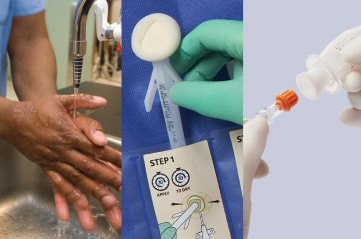
Use this guide to help your clinicians recognize and close practice gaps.
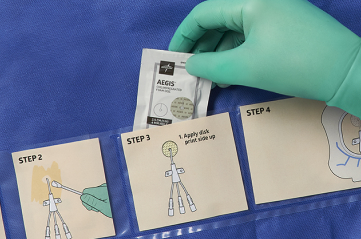
Discover an approach that uses clinician behavior to improve patient safety.
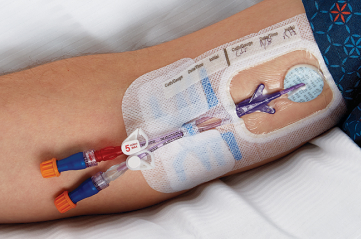
Identify the top lapses in catheter care. Share the 2019 BSI Discovery Assessment Findings with your staff to help drive consistent practice.
WEBINAR
EDUCATIONAL POSTERS
Guide best practices with intuitively designed bundles
Catheter insertion and maintenance practices can vary widely based on products used, techniques employed and precautions taken. Designed by clinicians for clinicians, our insertion and dressing change bundles contain a complete set of standardized products organized in a step-by-step sequence, making it simple for busy staff to consistently follow best practices.
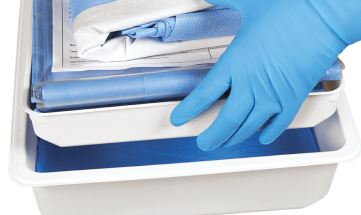
All products assembled in one place to ensure clinicians have everything necessary for the procedure

Hand sanitizer included to ensure hand hygiene compliance and prevent pathogen spread
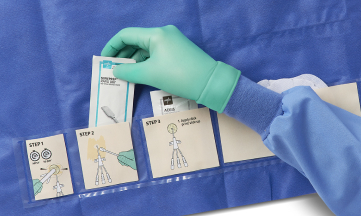
Components sequenced in order of use to help reduce variation and minimize contamination risk
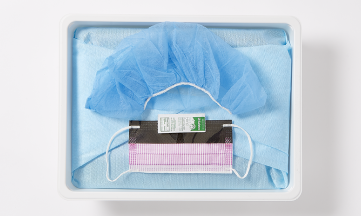
PPE placed first to make sure the patient and clinician are protected
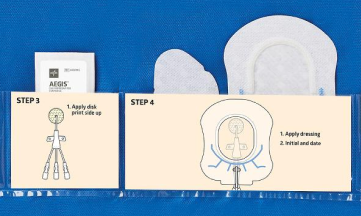
Instructions and visual cues to guide clinicians through the procedure, reducing variation
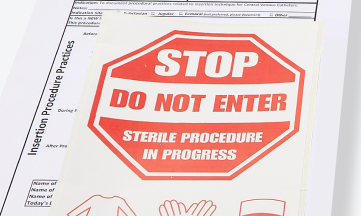
Checklist and educational materials to ensure all facility protocols are followed
Make CLABSI prevention second nature
Explore our full Vascular Access Health Solution. From best practice guidance and education to the right system of products, we help you drive a culture of safety across your organization.
References
1. National Healthcare Safety Network. Bloodstream Infection Event (Central Line-Associated Bloodstream Infection and Non-central Line Associated Bloodstream Infection). Available at: https://www.cdc.gov/nhsn/pdfs/pscmanual/4psc_clabscurrent.pdf Accessed January 17, 2021.
2. Health Research & Educational Trust. Preventing Harm from CLABSI. Available at: http://www.hret-hiin.org/Resources/clabsi/18/central-line-associated-bloodstream-infection-clabsi-change-package.pdf Accessed January 17, 2021.
3. Agency for Healthcare Research and Quality. Estimating the Additional Hospital Inpatient Cost and Mortality Associated with Selected Hsopital-Acquired Conditions. Available at: https://www.ahrq.gov/professionals/quality-patient-safety/pfp/haccost2017-results.html Accessed January 17, 2021.